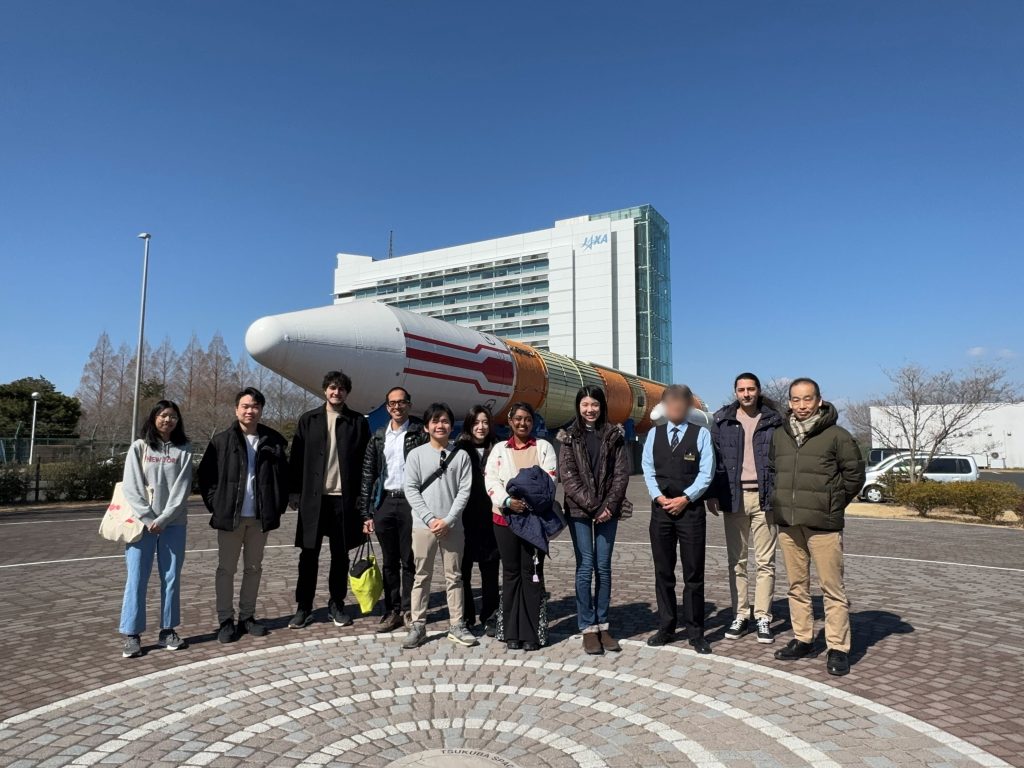In the third installment of GSEP Off-Campus Project AY2024 report series, we are pleased to share a report written by Thin Yu Ya San, a second GSEP student from Myanmer. In this report, she reflects on her learnings and impressions from a visit to JAXA Tsukuba Space Center. The experience provided a unique behind-the-scenes look at Japan’ cutting-edge space research and technology, along with valuable insights into the roles of engineers and researchers working at the forefront of aerospace development.
Japan Aerospace Exploration Agency
A visit to the Japan Aerospace Exploration Agency (JAXA) gave a glimpse of the operation of the space exploration agency and its pioneering work in the industry. As soon as we entered the area, we could see the actual rocket which is 50m long.
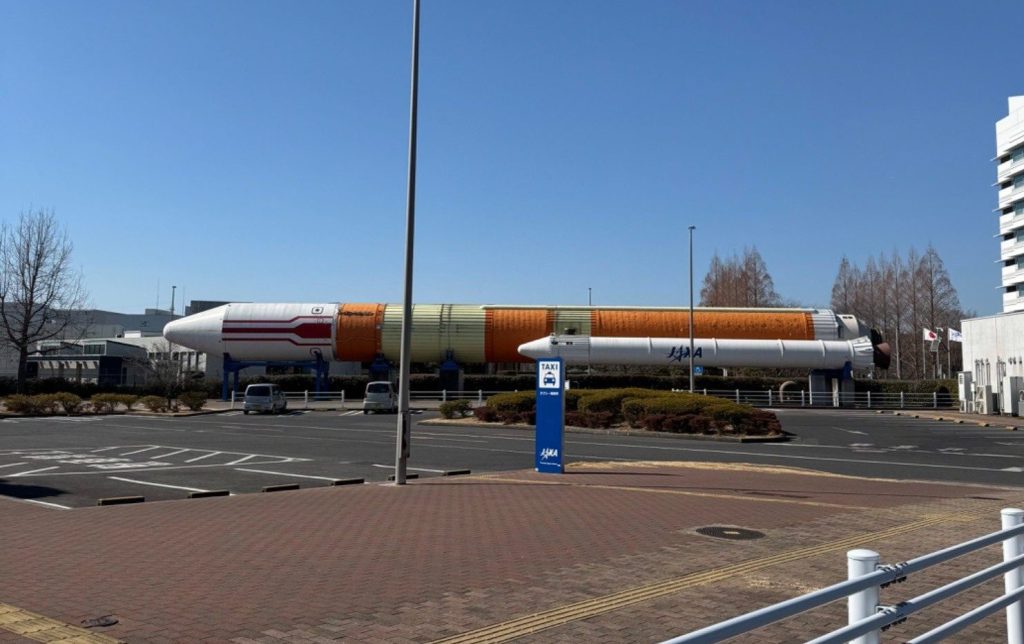
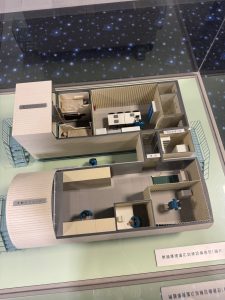
We visited two buildings within the complex with a guided tour, and some areas were prohibited to take pictures. The one building was the place for training astronauts and exhibiting tools and equipment which are used for the exploration. First, we observed the isolation chamber which is used for training the astronauts to be familiar with the isolated and multi-cultural environment like the International Space Station (ISS). The chamber is composed of necessary components to live and work inside. We learnt that astronauts who passed the selection process are trained to live within the chamber for a week or longer without contact to the outside world. Additionally, it is used to study the mental and psychological stresses which astronauts would experience in a similar environment and how to relieve them.
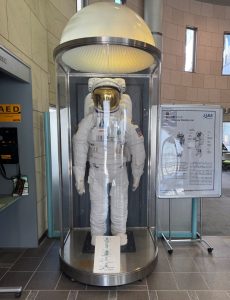
Next, we explored a hypobaric chamber and its function and usage. The actual environment in space is under average atmospheric pressure on the ground, and based on that situation, a hypobaric chamber is built to stimulate a low atmospheric pressure environment in order to be ready for the emergency situation which might occur during an aircraft or space station system fault. Small models for both chambers and footage of astronauts within the training period are displayed as well along with the close look of the two chambers. Additionally, we also had a look at the space suit and learnt its important function and elements to make it possible for the astronauts to work outside of the space station.
As our second and last stop, we visited the mission control center of the Japanese Experiment Module ‘Kibo’ from the ISS. The module was the contribution of JAXA to the ISS program, and it is aimed to conduct scientific research activities on the orbit. We were explained one of the experiments which has been conducted in the module, which is the study of mice in the controlled environment by artificially making the environment similar to the ground with the gravity of earth. The primary goal is to study the effects of living in space for a long time such as the shrinking of muscle and bone, and how to prepare for them to make mankind’s space exploration journey safe. A special equipment which created such a controlled livinghood was also displayed.
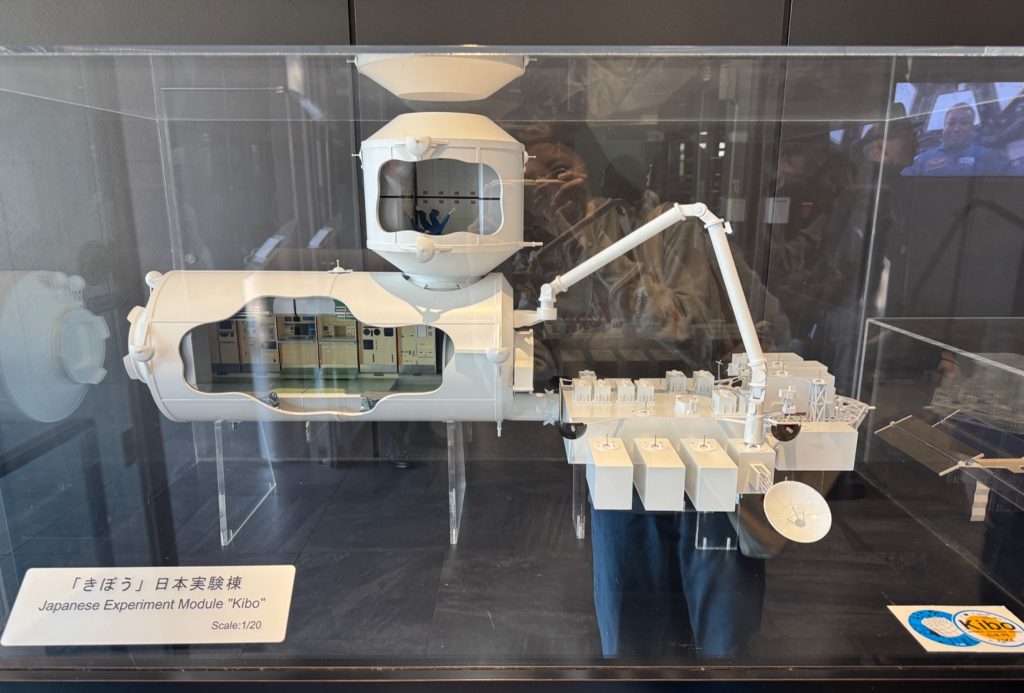
We ended our visit to the JAXA by having lunch together in the organization’s caffetteria. The whole experience was fascinating and amazing with the human’s endeavor with state-of-the-art technology in the space exploration industry. We gained the insightful experience of the importance of each element of space travel and its function respectively.

